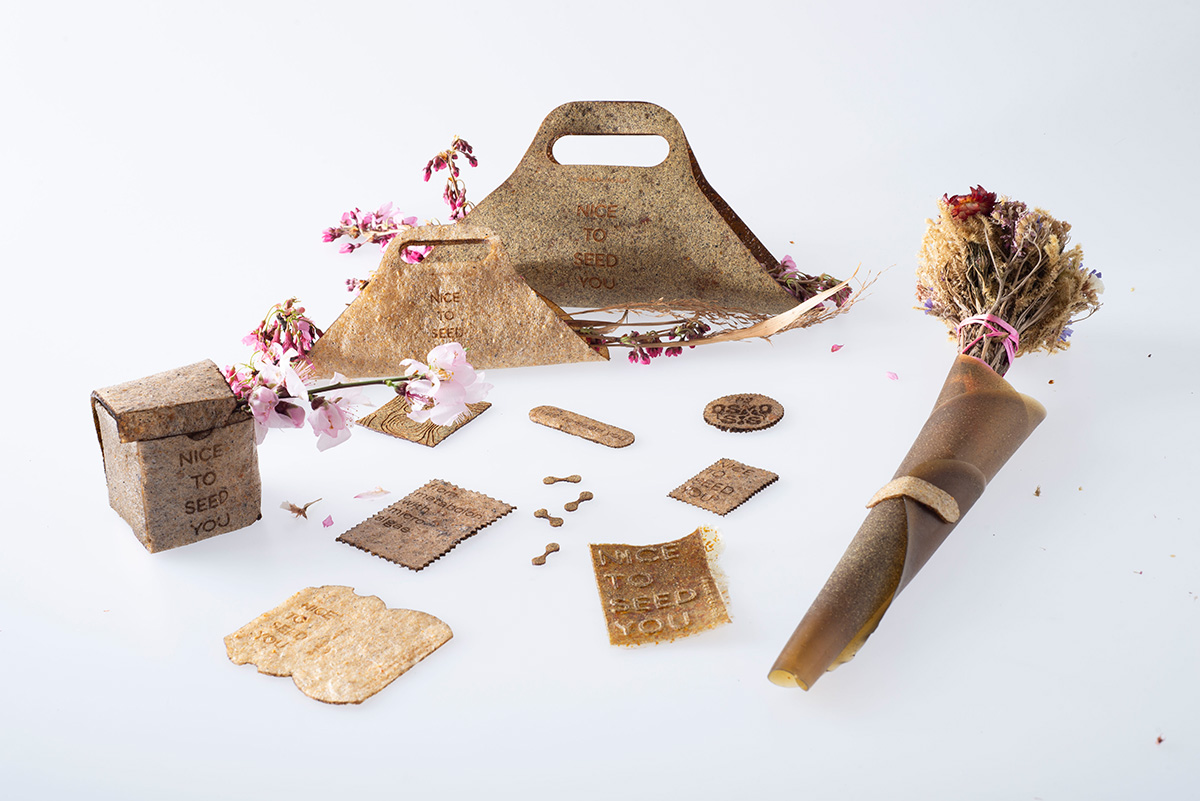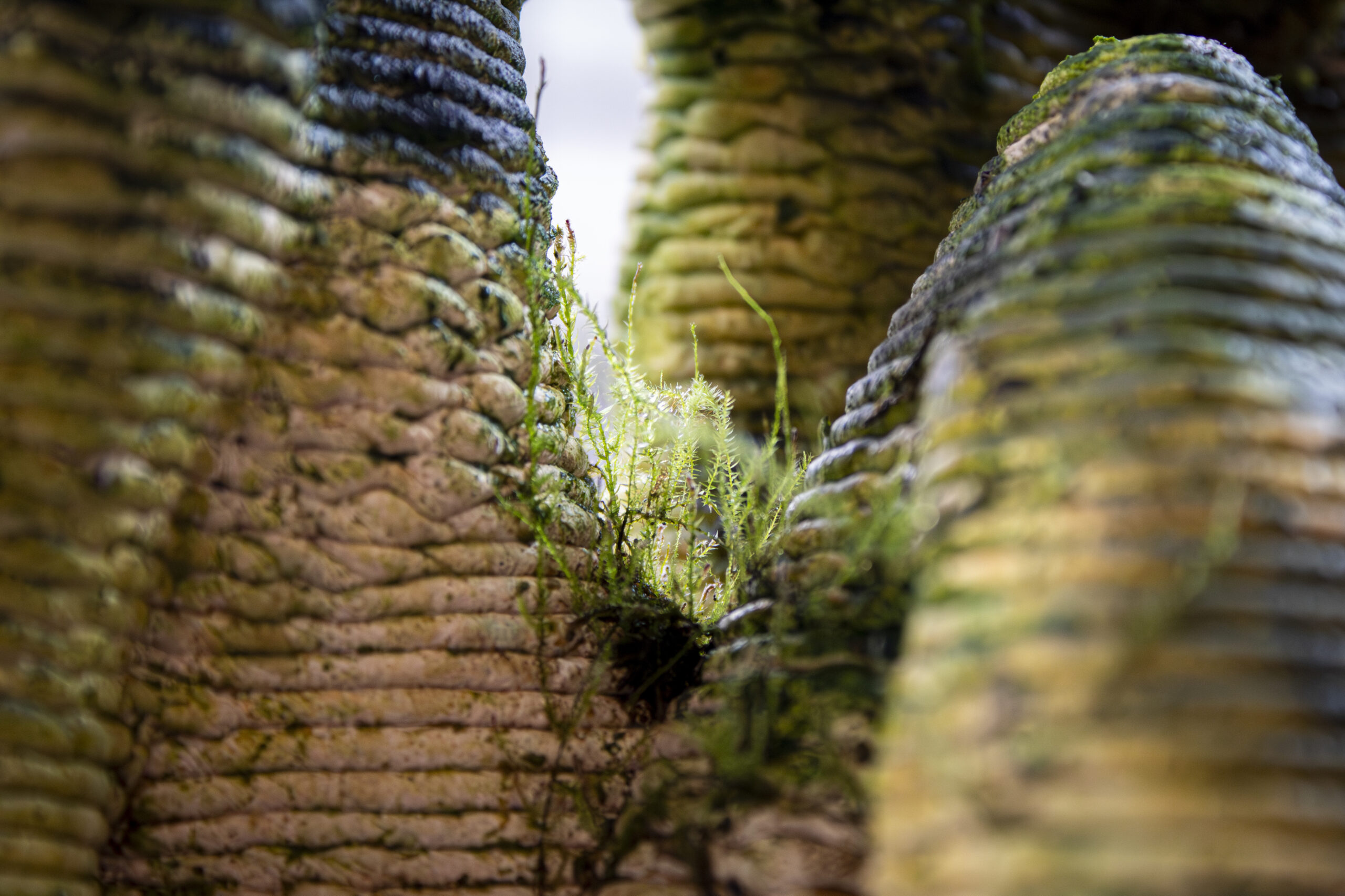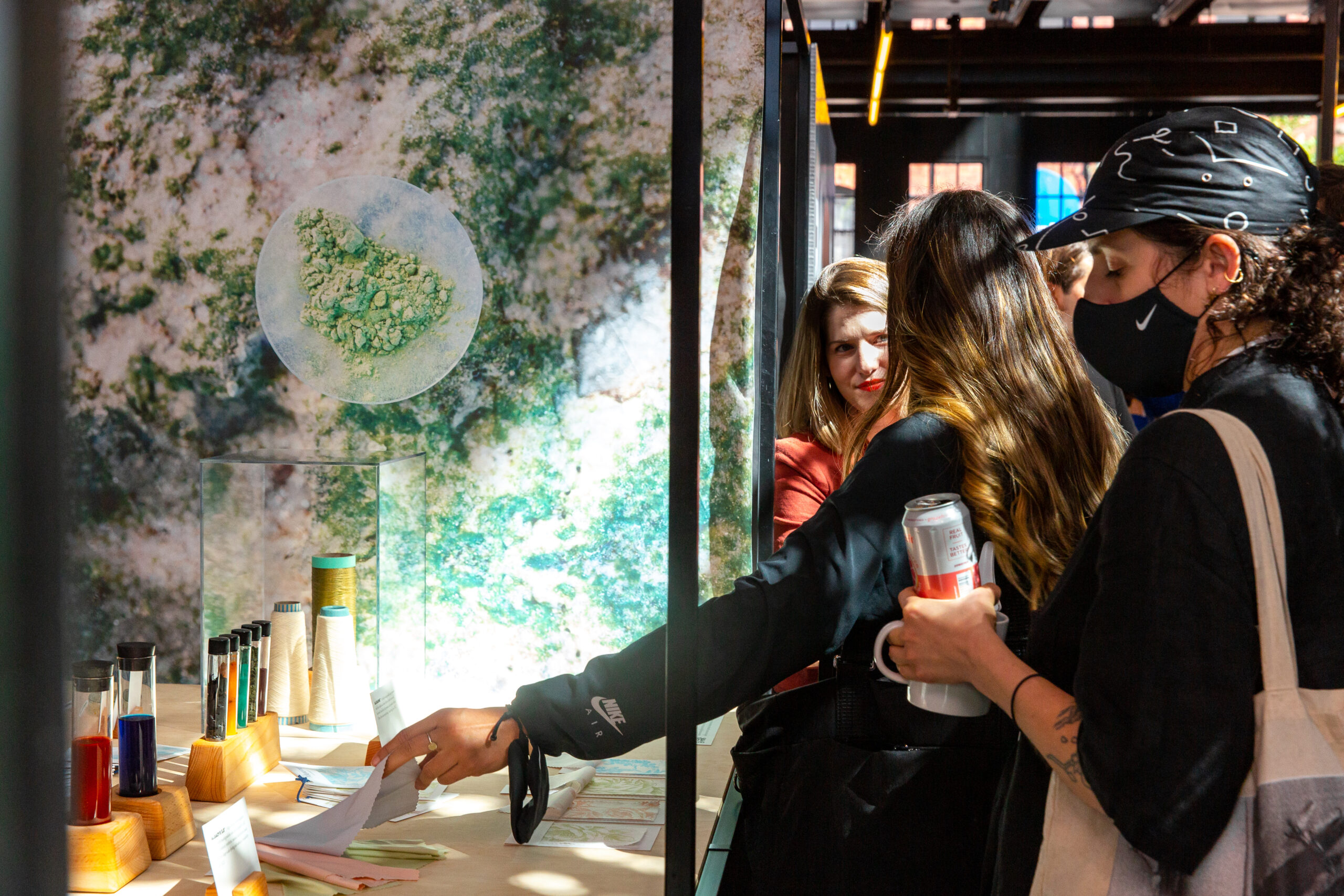This story is part of MOLD Magazine 02: A Seat at the Table, exploring how tableware and furniture can shape new dining rituals. Order your copy of the magazine here.
Traditionally in India, tableware made out of mud is considered to have unclean properties. Ceramics, porcelain and china all fall under this large umbrella of mud-related materials derived from the earth’s surface. This unspoken rule comes from an adage my grandmother would often remind us of: no matter how well you scrub or soap them, these materials are not easily cleaned—especially when used with colorful Indian spices. Turmeric stains, in particular, which seem to make themselves known on every single mug I drink my morning turmeric tea from, remind me of this adage. Time I switched to a metal cup perhaps?
Thalis and metal tableware have been used since the Indus Valley Civilisation, dating back to 3500–2500 BCE. The long-standing tradition of metallic tableware is something that is inherent to Indian culture and for good reason—India is one of the largest producers of steel in the world. Ancient India had not perfected blown glass, and the porosity of pottery technology was unsuitable for storing wet foods—think curries that have been simmering for hours to create the deepest depths of flavor—not to mention cumbersome to clean. Forged, annealed metal, on the other hand, is suitable to hold these wet foods: stainless steel is a great conductor of heat, lightweight, durable and fully recyclable thus retaining its scrap value. Moreover, steel is more hygienic than its wood or plastic counterparts because its surface is impenetrable and uniform in texture.
Stainless steel contains iron, chromium and nickel. The alloyed nature of stainless steel, and in particular its 10.5% of chromium, provides a self-healing feature. When steel is exposed to air or water, a chemical reaction creates an ultrathin layer of chromium oxide, allowing the steel to “heal” itself. If stainless steel is scratched or damaged, this self-healing process allows the metal to regain its resistance to corrosion once more, extending the lifecycle of the material and the reuse of the thali plate. In fact, the surface will always remain as bright and shiny as the day you bought it. Alchemy at its best.
Although small amounts of these metals may find their way into your food, they won’t affect its taste. Thus, we can savor every moment of our food without any metals disrupting our tastebuds. Besides, small doses of metal are essential for human wellness. Iron is an essential nutrient, a little chromium is also needed (50–200 micrograms is the acceptable range; you get at most 45 micrograms in one meal cooked in stainless steel and a lot less than that from a plate), and the amount of nickel in stainless steel is not enough to make anyone sick. The balanced amount of nourishment from a non-food variety of materials, in fact, enhances our palate and experience at the dinner table.
The rituals of eating with such styles of tableware reach far and wide. Using hands in lieu of cutlery is a skill—especially when eating fine grains of rice mixed with a lentil soup. Mounds of rice are built up with the tips of the fingers to form a sort of mountain-like structure which is then picked up and fed into the mouth. The physical act of this seems to create a deeper connection between food and the fed and is perhaps more ergonomic to the sensory palate.
Thali compartments contain proteins from soupy lentils, carbohydrates from rice or chapatis (Indian flatbread), dairy from the yogurt or lassi, and vegetables from the spicy flavorsome curries. The smallest compartments contain the fats and sugars from those ever so sugary Indian sweets. The system and order of eating these foods have been established thousands of years ago in the Vedas—sacred texts that address ritual, ceremony and philosophy—and would start with those sweets. The sugar helps break down the rest of the meal and might be a familiar practice within an ayurvedic diet. The next stage would be to move onto the curries with the bread, rice with the spicy lentil soup and then the yogurt to line the stomach with a probiotic finish to the meal.
The thali plate can be likened to other cultural modes of eating—like the compartmentalized Japanese bento box—that create a wonderfully balanced meal with visual markers for different food groups. This style of tableware also exists within institutional environments, such as hospitals, schools and prisons, where food is organized in service to presenting a balanced meal inclusive of all the food groups. Microwavable meals and TV dinners also encourage this style of compartmentalized food and dining experience, perhaps in a bid to reinforce the idea that a complete meal can be served after less than four minutes in a microwave.
In London, the act of washing hands after a meal—be it a microwave dinner or otherwise—is often under a tap of gushing water. However, with most Indian cultures, washing your hands over the thali plate using leftover water from your metal cup is part of the dining ritual. Water is a commodity, and an increasingly scarce one. The act of washing up with leftover drinking water is far more conscious to reserving and reducing waste water after a meal. Not to mention that it also makes cleaning dishes a whole lot easier.
The materials, the rituals and the balanced meal all work in tandem creating a closed-loop system. The thali as the tableware of the future is not such a bad idea after all.


















